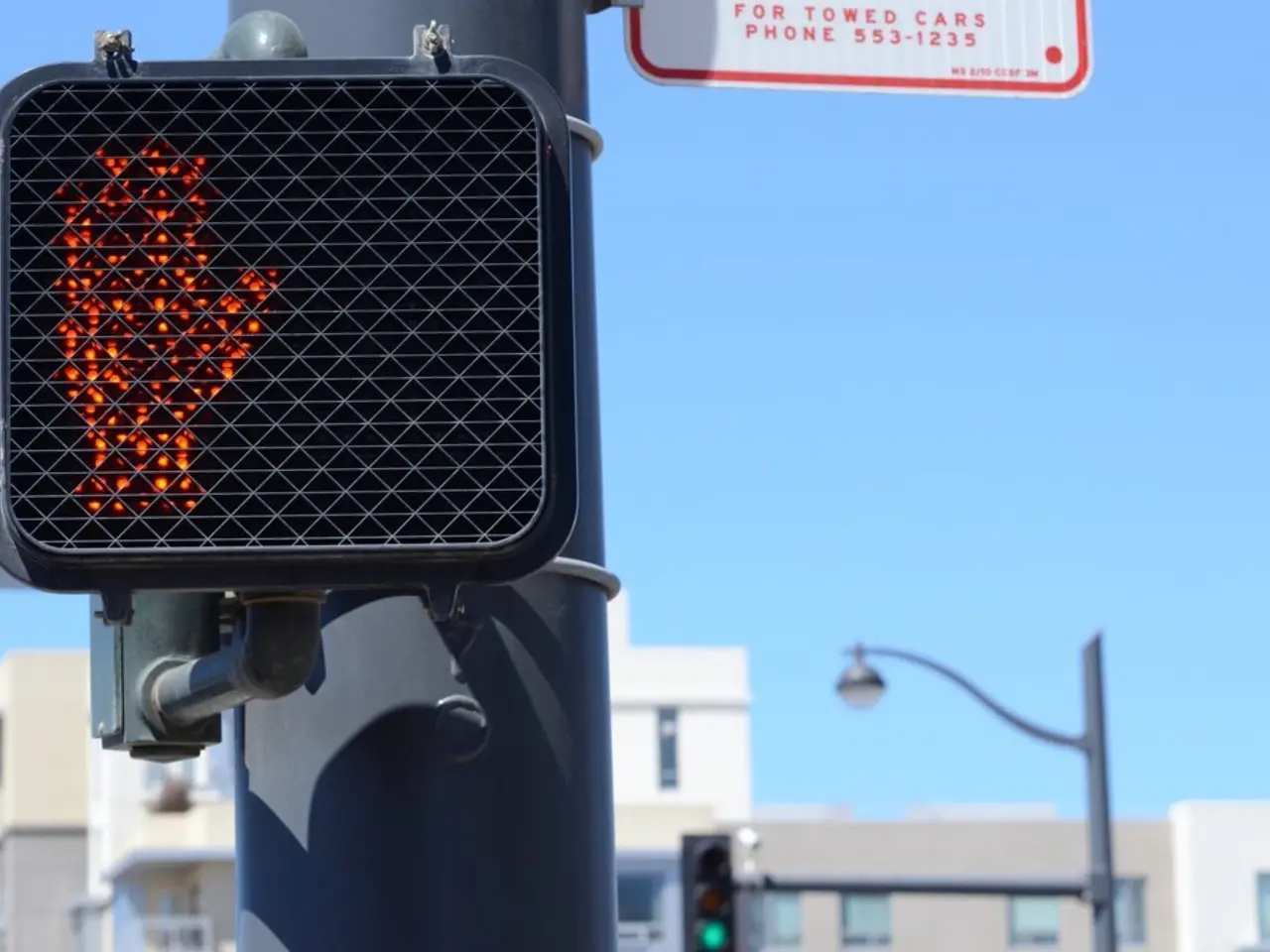Optical fibre network anticipated to grow by 10% over the next year
Germany Makes Progress in Fiber-Optic Network Expansion
By mid-2025, fiber-optic internet coverage in Germany reached about 52.8% of premises, surpassing the 50% target set for 2025 [1][2][3]. The forecast for 2030 indicates fiber coverage is expected to reach between 82% and 92% nationwide, falling short of the previous government's goal of 100% coverage by that year due to the high cost and difficulty of connecting the last few percent of premises [1].
The federal Digital Strategy as of 2022 aims for nationwide fiber-optic and latest mobile technology coverage by 2030, with fiber coverage already set to at least 50% of households and businesses by the end of 2025 [3]. The fiber expansion pace has accelerated in recent years, roughly doubling the share of fiber-connected premises from mid-2022 to mid-2025 [1][4].
Current data does not provide a detailed comparative breakdown of fiber optic expansion rates or coverage per state. However, challenges in further expansion, particularly in connecting Multi-Dwelling Units (MDUs), are noted as a primary bottleneck nationally, with regulatory efforts underway to accelerate build-out by reducing red tape and encouraging investment [4].
State-wise Fiber Optic Expansion
Lower Saxony has experienced a 19.2 percentage point increase in fiber optic expansion compared to the previous year, while Saxony-Anhalt's fiber optic expansion rate is 70.1 percent. Brandenburg has a fiber optic connection rate of 47.4 percent, and Saxony-Anhalt has seen a 15.9 percentage point increase. Bremen's fiber optic expansion rate is 79.7 percent, and Hamburg has a fiber optic connection rate of 47.3 percent. Schleswig-Holstein leads with the highest fiber optic expansion rate at 92.7 percent, and Hamburg has the second-highest rate at 90.8 percent [1][5].
Competition and Cybersecurity Measures
Competitors of Deutsche Telekom are responsible for 71% of the buildings and apartments actually connected, 59% of the fiber optic expansion in terms of area, and 74% of the active fiber optic connections. More than two-thirds of companies (68 percent) have increased their IT budget in the last two years to ensure network security, and 77 percent of network operators are currently implementing measures for more cybersecurity [1].
Monitoring is the most frequently implemented cybersecurity measure (86 percent), and security and awareness training for employees is the second most frequently implemented measure (85 percent). Breko President Norbert Westfal calls for investment and planning security, fair competition, and a concept from Federal Digital Minister Karsten Wildberger for the transition from copper to fiber optic networks [6].
Growth in Fiber Optic Customers
As of June 30, there are 1.4 million more fiber optic customers than a year earlier [1]. The fiber optic network expansion in Germany has increased by 9.6 percentage points within a year, reaching 52.8% [1].
In summary, Germany is making significant strides in expanding its fiber-optic networks, aiming for widespread—but not full—fiber penetration by the end of the decade. Challenges such as high cost and difficulty in last-mile connections, MDUs, and regulatory hurdles persist, but efforts are being made to address these issues.
[1] Breko Market Analysis Forecast [2] German Fiber-optic Expansion Rate [3] German Digital Strategy 2022 [4] Fiber-optic Expansion Challenges in Germany [5] State-wise Fiber Optic Expansion in Germany [6] Breko President's Call for Action on Fiber-optic Transition
Cybersecurity measures have been implemented by 77% of network operators to ensure network security, with monitoring being the most frequently implemented measure. With the growth in fiber optic customers, data-and-cloud-computing reliance is set to increase, necessitating robust cybersecurity practices in the expanding fiber-optic networks of Germany.




